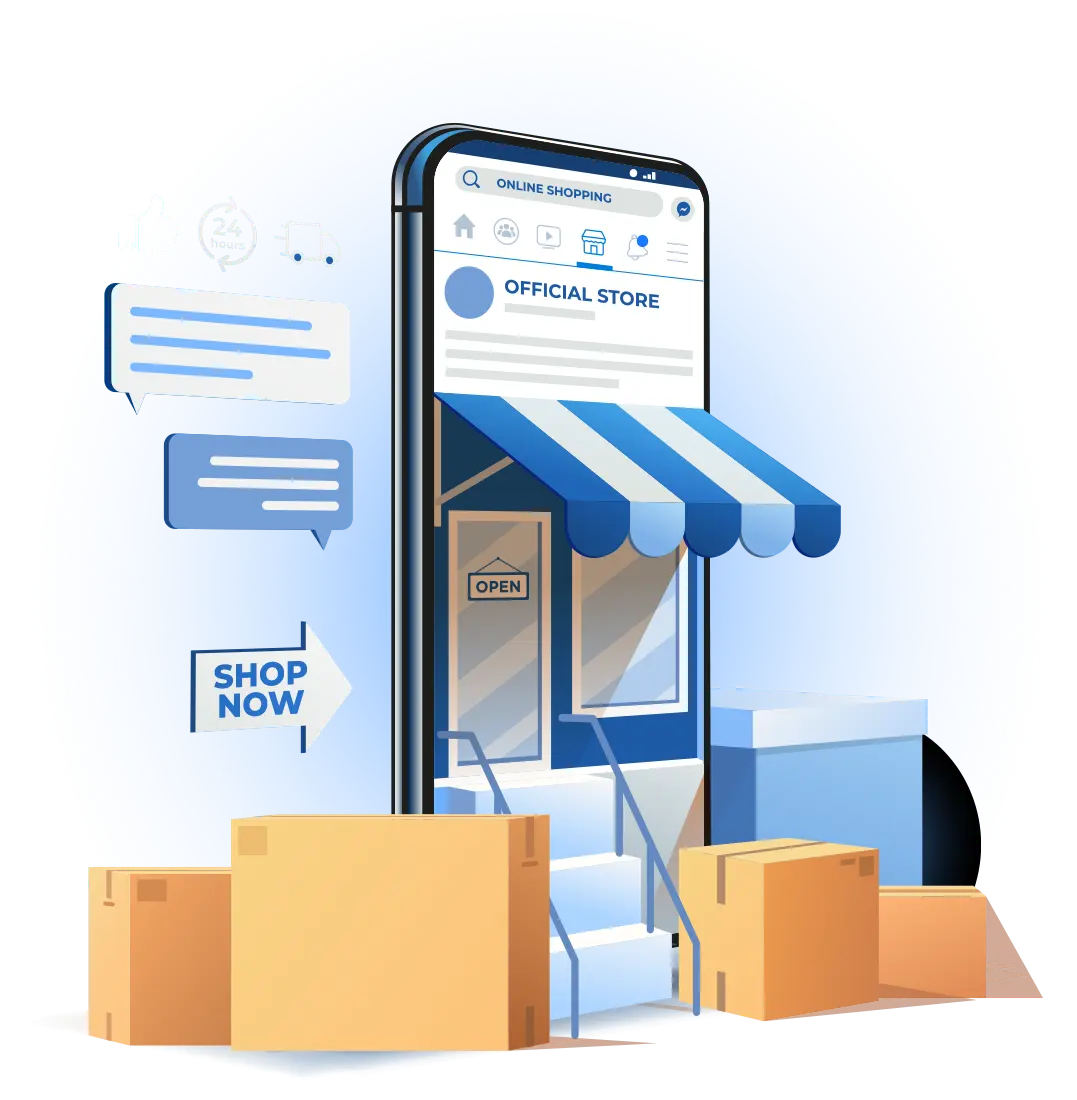 In the wholesale distribution marketplace, B2B buyer needs are as diverse as their business roles. They shop different ways, purchase different ways, and want varying levels of engagement with a company. So how do you satisfy all these buyer behaviors and expectations? Start by developing customer segments so you can create more personalized content and online experiences that cater to their needs and encourage online transactions.
In the wholesale distribution marketplace, B2B buyer needs are as diverse as their business roles. They shop different ways, purchase different ways, and want varying levels of engagement with a company. So how do you satisfy all these buyer behaviors and expectations? Start by developing customer segments so you can create more personalized content and online experiences that cater to their needs and encourage online transactions.
Customer segmentation
Long-standing customer, John Smith, prefers paging through a paper catalog and calling up his rep to place an order. Buyer Sally Jones does all the purchasing for her team and wants an easy way to order online and manage her orders. New customer Tim Booth is usually on his mobile device on a job site when he needs to find a replacement part for an application. When it comes to the B2B customer, one-size-fits-all does not apply. Customer segmentation defines those different audience needs so you can build your eCommerce site offerings and content to cater to each audience. When you offer more flexibility and functionality, your website becomes an inclusive resource that serves all audience segments rather than just a subset of buyers.
To help bring inclusivity to your website, consider segmenting your audience using the following variants:
-
- Sales revenue
Italian economist Vilfredo Pareto’s 80/20 principle applies to many business situations, including sales revenue. For most organizations, 80% of sales come from 20% of their primary customers, while the remaining 20% come from secondary customers. Segmenting your customers by primary and secondary sales revenue generators gives you the ability to divide your staff’s time accordingly. Focus more time on your primary customers by monitoring their purchase history and shopping preferences, and determining their desired level of engagement to ensure you are fully accommodating them. Additionally, your sales reps should play a more supportive and consultative role with primary customers by developing proactive solutions for their business needs.
Although secondary customers may only be providing 20% of your revenue, they, too, must be nurtured. It’s quite plausible that they aren’t buying as much from you because you don’t offer the tools and resources to make their path to purchase easy and efficient. Track their online behavior using analytics tools to see if they are abandoning their shopping carts, clicking through multiple pages to try to find products, or performing other types of actions that are red flags for an unfavorable online experience. Once you determine the cause of their actions, you can make improvements to better accommodate them.
- Company size
It’s unlikely your customers all have the same size and makeup, or have the same amount of resources and buying power. Therefore, you can’t assume they can or want to do business the same way. By segmenting your buyers by company size, you can establish their needs to do business with you and determine if you have the technology and applications to meet those needs.
Large enterprises generally have dedicated staff to manage each aspect of the business. These companies also have more advanced tools and systems in place. As a result, they want to purchase from companies that can communicate and integrate with their technology. Many enterprise companies have e-procurement systems, so punchout catalogs are of huge advantage to them. They also need access to detailed order tracking and account information as they may have multiple buyers and approvers involved in the purchasing process.
Medium-sized or mid-market companies may not be as sophisticated as their enterprise counterparts, but they still want the ability to transact and track their orders online. These medium-sized organizations may also require the option to order via more antiquated channels like fax and phone, but as your support staff supports these traditionalists they can work to diminish the number of offline orders by helping these customers understand and adopt your more flexible online ordering option. You may find the majority of your mid-market segment also aligns with your primary customer segment, which will further pinpoint your customer base and focus.
Finally, a small business customer segment identifies those buyers with a less sophisticated business structure who most likely aren’t placing large orders with you. They typically fall into the secondary customer segment which, if supported properly, can grow to become primary customers. Small businesses like contractors are looking for a more B2C eCommerce experience that lets them order easily, pay with credit card, and have access to customer service support outside of normal business hours.
- Type of buyer
Another great way to understand your customer base – and the trends of new B2B buyers – is to segment your audience by types of buyers. You can better satisfy the needs of your audience when you can classify them by their research and shopping habits.
As we mentioned earlier, there are still some traditional “offline” customers who prefer using a paper catalog and calling in their order to their local sales rep. On the other end of the spectrum are Millennial buyers who are rapidly becoming influencers and decision makers in the B2B marketplace. Millennial customers prefer an independent approach to product purchasing, relying on Internet searches with their mobile devices to learn about products, and then taking advantage of self-service websites to place orders.
In between is the person who makes purchases for a company, but perhaps doesn’t know enough about the products to make a decision without some guidance. These people could be financial purchasing managers or executives who want supplemental information such as data sheets, user manuals, and case studies to help in their decision-making. They may also require some assistance from your staff before they ultimately place their order – either with a rep or online.
- Sales revenue
Splitting your customers into segments provides a wealth of knowledge which you can then use to develop a strategy to transform your website into a one-stop shop for buyers to learn about products, ask questions, purchase items, and access account information. By providing better functionality, support, and content on your site, you’ll cast a wider net to attract more site visitors and prospective customers. The key is supporting all kinds of buyers at every touchpoint – whether via human or digital interaction – so that no matter how someone engages with you, they receive the same consistent experience and support.
